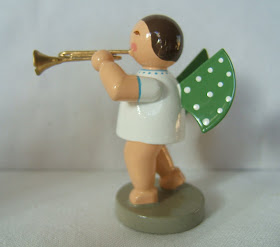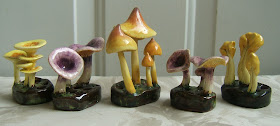
If you can’t feed a hundred people, then feed just one.
Mother Teresa
Fellow bloggers Meg of Pigtown Design and Chris of Easy & Elegant Life have drawn my attention to the important food drive, April Food Day.
Use of food banks has risen sharply. Sadly, ever greater numbers are dependant on them. There has been an increase of food provided to 46 % more people since 2006. Feeding America provides food to 37 million Americans, and more than a third of those are children.
Studies show that up to 20% of food that North Americans purchase must be discarded because of waste, spoilage, or poor planning. As well, numerous recent articles in the media have spoken of the large, unnecessary increases in portion sizes over the last few decades. For the sake of those in need and for the environment, we can consider buying and eating less, and paying closer attention to what we are wasting. Consider this as the savings or “found food” you can donate to those who are in need. At the same time we will do a favour to the environment.
Saint Francis said, “It is in giving that we receive.” To help others is a wonderful thing, and I encourage you to donate to a food bank, either with food products, or of volunteer work which is desperately needed. As modern western society moves further away from organized religion, we are not always reminded to help others, and there are fewer times when we are given codes of ethics. I cannot recommend highly enough the value of taking one’s teenagers to help out with such projects as food banks and April Food Day. In so many ways, it will help to build a better future and a better society.
I wish to thank Easy & Elegant Life, Pigtown Design, and all the other thoughtful bloggers who have worked and taken time to draw attention to this very important initiative.
http://easyandelegantlife.com/
http://pigtown-design.blogspot.com/
For more information on different ways to help, please see:
Feeding America’s website: http://feedingamerica.org/default.aspx
The April Food Day blog: http://aprilfoodday.blogspot.com/











































